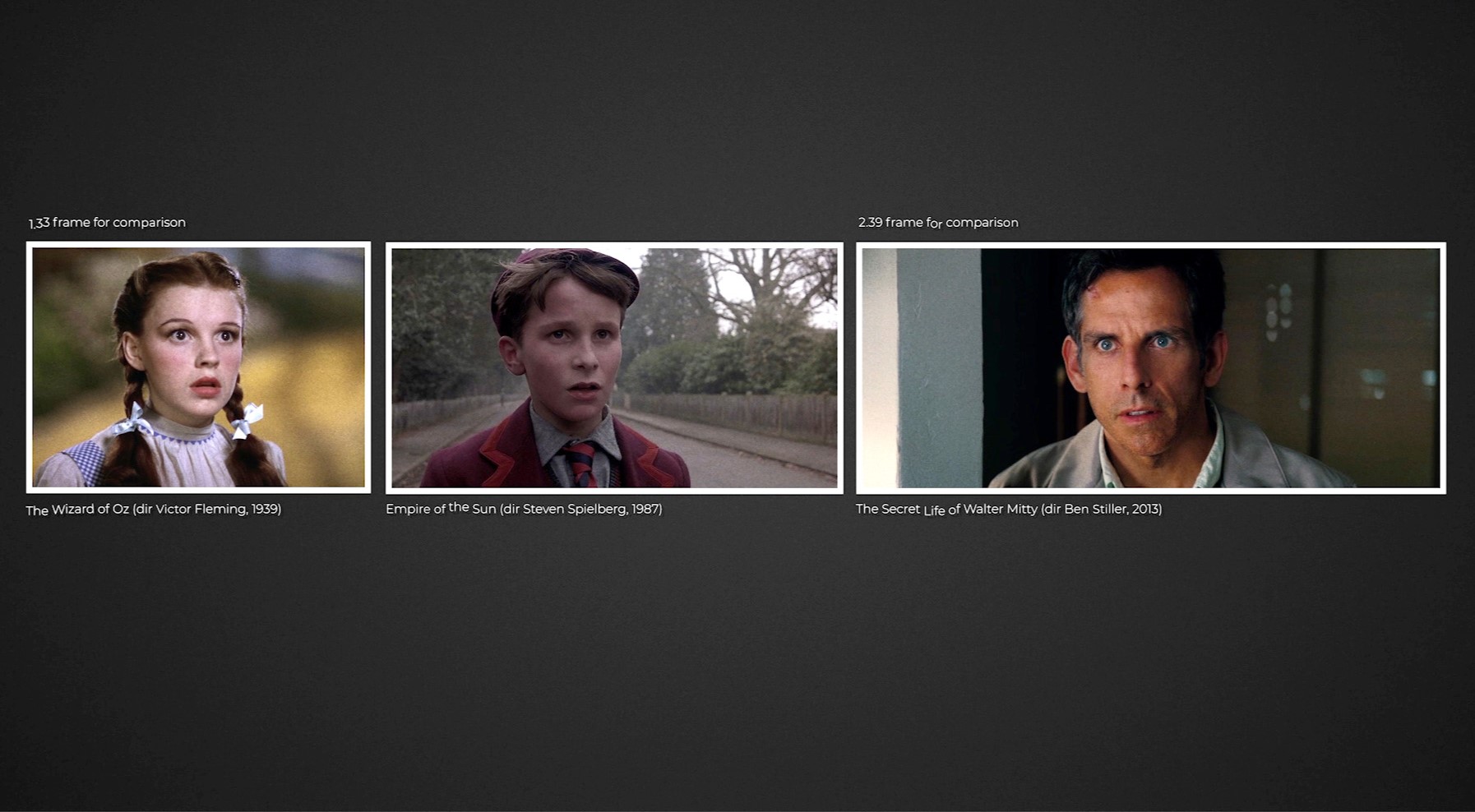Older movies with different aspect ratios can often be found both on DVDs and on streaming services. Here’s how aspect ratios are typically handled on these platforms:
1. DVDs and Blu-rays:
- Widescreen and Fullscreen Options: Older DVDs often offer two viewing options: a fullscreen version (modified to fit 4:3 TV screens) and a widescreen version that preserves the original theatrical aspect ratio (like 1.85:1 or 2.39:1).
- Restorations and Re-releases: Many classic films have been remastered and re-released in their original aspect ratios on DVD and Blu-ray, especially if they’ve had a digital restoration. Companies like The Criterion Collection, Warner Archive, and others are known for preserving the original aspect ratios in their releases.
- Letterboxing: For films shot in wider aspect ratios (like 2.35:1), DVDs often use letterboxing, which adds black bars at the top and bottom of the screen to maintain the original aspect ratio on standard 16:9 or 4:3 TVs.
2. Streaming Services:
- Original Aspect Ratio (OAR): Most major streaming platforms like Netflix, Amazon Prime Video, Disney+, and HBO Max typically preserve the original aspect ratio of films. This is especially true for classic films or those part of film collections. For example, many classic movies on Criterion Channel or HBO Max (which has the TCM collection) will stream in their original aspect ratio.
- Cropping and Adjusting for TVs: On rare occasions, some streaming services might crop or adjust the aspect ratio to fit modern screens better. This can depend on the version they’ve licensed or decisions made by the platform.
- Letterboxing/Pillarboxing: Depending on the movie’s original aspect ratio and the display it’s viewed on, the platform may add letterboxing (black bars at the top and bottom) or pillarboxing (black bars on the sides) to preserve the aspect ratio.
Common Aspect Ratios in Older Films:
- Academy Ratio (1.37:1): This is a common aspect ratio for films made before the 1950s. When viewed on modern 16:9 screens, you’ll typically see black bars on the sides (pillarboxing).
- Cinemascope (2.35:1 or 2.39:1): Used for many widescreen epics from the 1950s onward. This will often appear letterboxed on a 16:9 screen.
- 1.85:1: A more common widescreen format after the 1950s, which closely fits modern TV screens.
Where to Find Older Films with Original Aspect Ratios:
- Criterion Channel: Offers a wide selection of classic and foreign films in their original aspect ratios, often restored.
- Turner Classic Movies (TCM): Available as part of HBO Max, TCM streams older films, typically preserving the original aspect ratios.
- Physical Media Collectors: Blu-ray collections from Criterion, Kino Lorber, and other specialty labels often take care to maintain the film’s original presentation.
If you’re a purist looking for the original aspect ratio, it’s usually best to check specific labels or platforms known for their attention to cinematic preservation.
